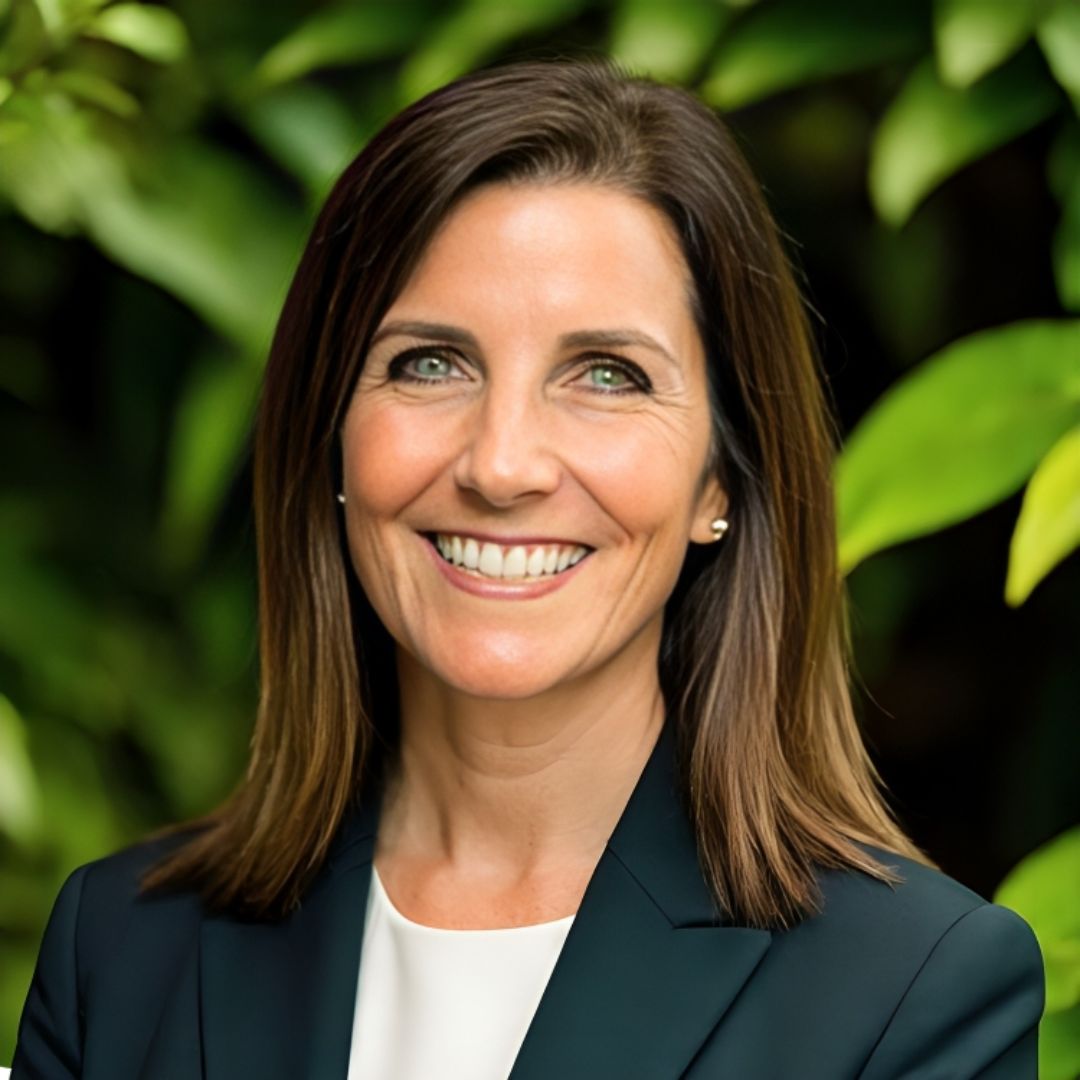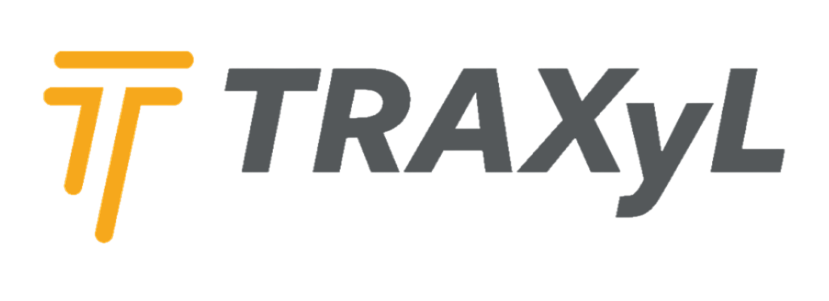Ready to build your own Founder-Led Growth engine? Book a Strategy Call
Frontlines.io | Where B2B Founders Talk GTM.
Strategic Communications Advisory For Visionary Founders
Actionable
Takeaways
Build from your own pain point and expand organically:
AidKit's founders created the platform to solve their own emergency aid distribution challenges during the pandemic. When neighboring states asked to use their system, they recognized the broader market opportunity. B2B founders should pay attention when their internal solutions generate external interest—this organic demand often signals strong product-market fit and can provide a natural path to scale.
Challenge industry pricing models that misalign incentives:
Brittany identified that the prevalent billable-hours consulting model in government aid creates perverse incentives that discourage efficiency and innovation. AidKit deliberately structured their pricing to reward successful outcomes rather than time spent. B2B founders should examine whether traditional industry pricing models align with customer success and consider alternative structures that better incentivize the outcomes customers actually want.
Leverage disruption as a growth catalyst:
Despite the challenges posed by massive government aid cuts and policy changes, Brittany views the disruption as creating opportunities to build better infrastructure. She notes that "there is never massive disruption without opportunity." B2B founders should develop frameworks for identifying and capitalizing on market disruptions rather than just defending against them.
Use technology to eliminate false trade-offs:
AidKit demonstrates how AI and modern data sources can simultaneously improve fraud prevention while making aid more accessible—previously seen as competing priorities. Brittany explains that "in 2025 with AI, those trade-offs don't exist." B2B founders should look for areas where technology can resolve longstanding industry tensions and create solutions that deliver multiple benefits previously thought to be mutually exclusive.
Align business metrics with customer success:
AidKit's revenue model directly correlates with the amount of aid distributed and number of people served. This creates perfect alignment between business growth and social impact. B2B founders should structure their business models so that their success metrics directly align with customer success metrics, creating sustainable growth that benefits all stakeholders.
Focus on procurement reform for government sales:
Brittany emphasizes that procurement reform is essential for getting better technology into government systems. She notes the need to make procurement "more navigable for better tech solutions" instead of relying on "custom built monolithic systems that are incredibly expensive to maintain." B2B founders selling to government should engage with procurement reform conversations and position their solutions as alternatives to traditional, expensive custom builds.
Conversation
Highlights
When Government Aid Systems Collapse, Smart Founders See Opportunity
The headlines paint a grim picture: USAID dismantled, massive budget cuts proposed for SNAP and Medicaid, FEMA’s disaster relief responsibilities shifted to overwhelmed state governments. For most people, this represents a humanitarian crisis. For Brittany Christenson, CEO of AidKit, it represents the biggest business opportunity of her career.
In a recent episode of Category Visionaries, Brittany shared how AidKit has distributed over $350 million in aid to more than 500,000 individuals and small businesses—and why the current policy upheaval might accelerate their growth rather than hinder it.
The Accidental Billion-Dollar Market
AidKit’s origin story defies the typical Silicon Valley playbook. There was no grand vision, no carefully crafted business plan, no venture capital backing. Instead, four co-founders found themselves distributing emergency aid during the pandemic and desperately needed a system to manage the chaos.
“Our co-founders built the platform to scratch their own itch,” Brittany explains. “They were distributing emergency aid during the pandemic and they needed a system to do so at scale.”
What happened next reveals something profound about market validation. “Neighboring states were knocking on the door asking if they could use it because it had been so effective. And that’s when they decided to spin it out and create the AidKit platform.”
This organic demand signal—government agencies literally asking to use their homegrown solution—validated a market opportunity that traditional market research might have missed. By the time Brittany joined as the sixth employee in 2022, AidKit had already transitioned from nonprofit to C-corp and secured their first handful of customers.
The Incentive Problem Nobody Talks About
Most B2B founders obsess over product-market fit, but Brittany identified something more fundamental: market incentive alignment. The government aid space, she discovered, operates on a broken economic model that actively discourages efficiency.
“There’s a really predominant model like consulting billable hours model in this space,” Brittany notes. “But what happens when you have a billable hours model is that it incentivizes more billable hours. And so I don’t think that it necessarily drives the kind of efficiency and innovation that’s really possible.”
This insight led to AidKit’s contrarian pricing strategy. Instead of charging for time spent, they align their fees with outcomes achieved. “We’ve tried in many ways to put forth a pricing model that incentivizes us to deliver right the first time,” Brittany says.
The result? Perfect alignment between business growth and social impact. “The more money you get out the door, the more people we help, the more administrative fees that we’re able to get so we can keep growing and be able to serve more programs and more people,” she explains.
Technology Eliminating False Trade-Offs
Perhaps the most sophisticated aspect of AidKit’s approach involves using AI to resolve what appeared to be an unsolvable dilemma in government aid: the tension between preventing fraud and maintaining accessibility.
Brittany describes this as “a classic debate in politics around deservedness and around policy for benefits programs.” Traditionally, you could have robust fraud prevention or easy access, but not both.
“That kind of tension is a reflection of a bygone time in technology where those were real trade offs. But today in 2025 with AI, those trade offs don’t exist,” Brittany argues. “You can have really solid fraud prevention and at the same time have really great engagement and accessibility.”
AidKit accomplishes this by leveraging existing data sources to verify eligibility without burdening applicants. “We use the data sources that are available to help people qualify without making them go dig into a file cabinet and upload and scan documents all the time,” she explains.
The broader principle here extends far beyond government aid. Brittany points out an ironic disparity: “Big data is used all the time to sell us stuff, but how often is it used to put money in our pockets when we need it most?”
Turning Crisis Into Growth Catalyst
The current political environment presents what most would consider an existential threat to AidKit’s business. Federal aid programs are being dismantled, budgets slashed, responsibilities shifted to already-overwhelmed state and local governments.
Brittany’s response reveals sophisticated strategic thinking: “I think that there is never massive disruption without opportunity. I started my career in farming and, you know, the compost pile is a great place to breed new life.”
Rather than defending against the disruption, AidKit is positioning to capitalize on it. “With all that’s being dismantled and all that’s being disrupted, of course it creates opportunities to look at problems in new ways,” she explains.
The logic is compelling: as federal resources shrink, the remaining players—state governments, nonprofits, philanthropy—face unprecedented pressure to operate efficiently. Suddenly, AidKit’s value proposition becomes not just attractive but essential.
The Infrastructure vs. Systems Distinction
Most discussions about “broken government systems” remain frustratingly abstract. Brittany cuts through the rhetoric with practical specificity.
“I like to see through words like the system and think about how literal infrastructure is set up to make it easier for caseworkers to be able to provide great service and easier for people looking for help, you know, to get that help in their moment of need,” she says.
This distinction matters. “Systems” suggests complex, intractable problems. “Infrastructure” suggests concrete, solvable engineering challenges.
To illustrate, Brittany shares a personal example: “I have a family member who recently graduated high school and she needed some health insurance and I helped her apply for it because, you know, this is what I do for a living. I should be good at this, right? The application took three hours and it’s been three months and we still haven’t heard anything back.”
The problem isn’t malicious bureaucrats or flawed policies—it’s inadequate technology infrastructure creating impossible workloads for well-intentioned civil servants.
Procurement as Competitive Moat
One of AidKit’s most defensible advantages lies in mastering government procurement—traditionally viewed as a barrier rather than an opportunity.
“Procurement reform is a big one. It can be hard to work with the government. There can be a lot of red tape, and it can be difficult to make relationships with the right people at the right time,” Brittany acknowledges.
But she sees this complexity as protective rather than prohibitive. “There’s a really great conversation happening in some of the kind of association groups for government workers about how to make procurement more amenable to, you know, new tech and to be able to get systems in place more quickly, more affordably that are effective.”
AidKit participates in these conversations, positioning themselves as the alternative to “custom built monolithic systems that are incredibly expensive to maintain.”
Measuring What Matters
AidKit’s North Star metrics reveal sophisticated thinking about sustainable growth. “The number we obsess over is absolutely the number of people served and the number of dollars that go out the door,” Brittany states.
This focus on impact over vanity metrics creates a virtuous cycle. Business success requires helping more people, which generates more revenue, which enables serving even more people.
For 2025, their targets reflect ambitious but achievable growth: “We’re working really hard towards serving an additional 20,000 people with direct cash assistance. And when it comes to dollars dispersed, we want to hit the 400 million in dollars dispersed mark at a minimum.”
The Bigger Vision
AidKit’s long-term vision extends beyond improving existing aid distribution. “The big picture vision is having such an obvious alternative to the clunky, outdated aid systems. That aid kit is the go to partner for governments and nonprofits seeking to distribute aid to individuals,” Brittany explains.
This positions AidKit not just as a vendor but as essential infrastructure for a reimagined social safety net—one that treats recipients with dignity while operating with unprecedented efficiency.
The opportunity is massive and the timing couldn’t be better. As traditional federal programs face unprecedented disruption, innovative technology providers who understand both the market’s complexities and its possibilities stand to capture enormous value while creating meaningful social impact.
For B2B founders watching from the sidelines, AidKit’s journey offers a masterclass in finding opportunity within crisis, aligning business incentives with customer success, and building defensible competitive advantages in seemingly intractable markets.

















